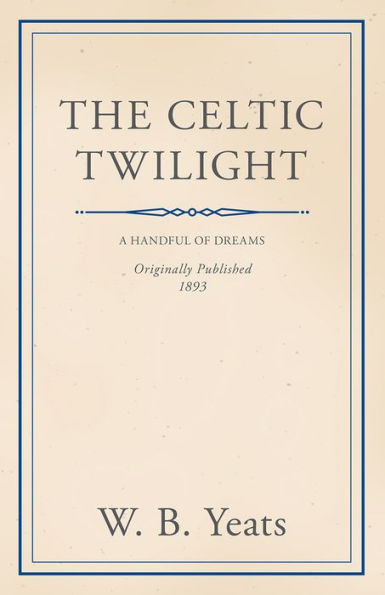5
1

The Celtic Twilight: Faerie and Folklore
163
The Celtic Twilight: Faerie and Folklore
163eBook
$8.99
$9.99
Save 10%
Current price is $8.99, Original price is $9.99. You Save 10%.
Related collections and offers
8.99
In Stock

Product Details
| ISBN-13: | 9781473349384 |
|---|---|
| Publisher: | Read Books Ltd. |
| Publication date: | 07/21/2017 |
| Sold by: | Barnes & Noble |
| Format: | eBook |
| Pages: | 163 |
| File size: | 682 KB |
About the Author
From the B&N Reads Blog
